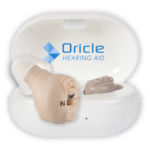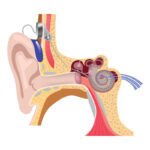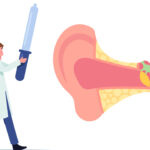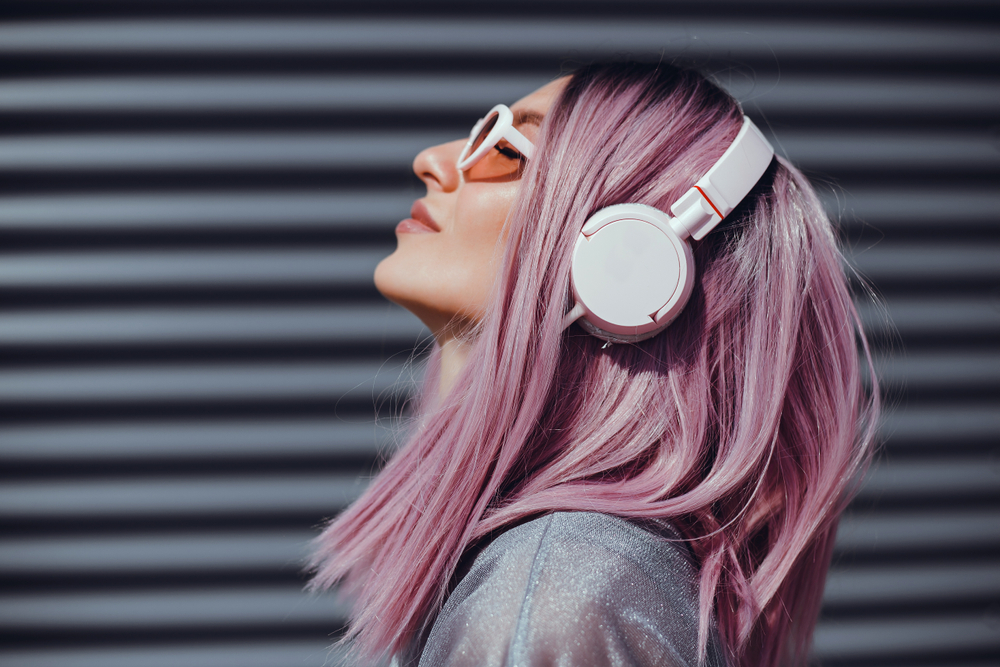The Sound of Safety: 5 Ways to Avoid Hearing Loss When Listening to Headphones
If you listen to headphones for long periods of time, you may end up damaging your ears. The level of sound produced by your headphones should never exceed 85 decibels. Luckily, there are several ways to protect your ears while using headphones. Firstly, you can turn down the volume of your music or other audio sources. Another way is to use noise-canceling headphones, which reduce outside noise. But if you are using headphones for long periods of time, you should consider the following tips to keep your hearing intact:
Noise levels above 85 decibels can cause hearing loss
Experiencing noise levels over 85 decibels is not only dangerous for the health of your ears, but it can also exacerbate existing hearing problems. Those who regularly work around excessive noise levels need to wear hearing protection to avoid long-term damage to their ears. A street with constant heavy traffic, for example, may produce noise levels as high as 110 dB, which is potentially damaging to hearing.
Loud sounds may be hard to detect at first, but if you can hear them clearly, you aren't in danger of hearing loss. Nevertheless, you should consider the level of noise in your workplace and protect yourself. The Occupational Safety and Health Administration (OSHA) recommends that employees work in environments with noise levels at or above 85 dB. If you cannot hear the speaker properly, raise your voice to be heard.
Loud noises are dangerous to children's inner ears, as they cause damage to the hearing nerve and hair cells that line them. These nerves may eventually fail, leading to sensorineural hearing loss, or “nerve deafness.” It's crucial to keep children away from loud noises for long periods. This may also cause tinnitus, a type of ringing in the ears.
NIHL affects people of all ages. About 15 percent of Americans aged 20 to 69 have the condition. About 26 million people in the United States suffer from it. People who are exposed to harmful noise at work are at risk of developing the condition. Other activities that involve exposure to loud noise include target shooting, hunting, playing music, and attending concerts. Even at home, lawn mowers, leaf blowers, and shop tools may damage the hair cells and cause hearing loss.
There is a connection between noise and health, but the causal link between noise and hearing loss is not clear. Exposure to loud noise isn't always immediate. It happens over time, and most people don't even realize that they've been damaged by excessive noise. Eventually, noise-induced hearing loss can result in permanent damage, and there is no cure for it. In the meantime, the public should be informed of the risks of excessive noise.
Reducing headphone time
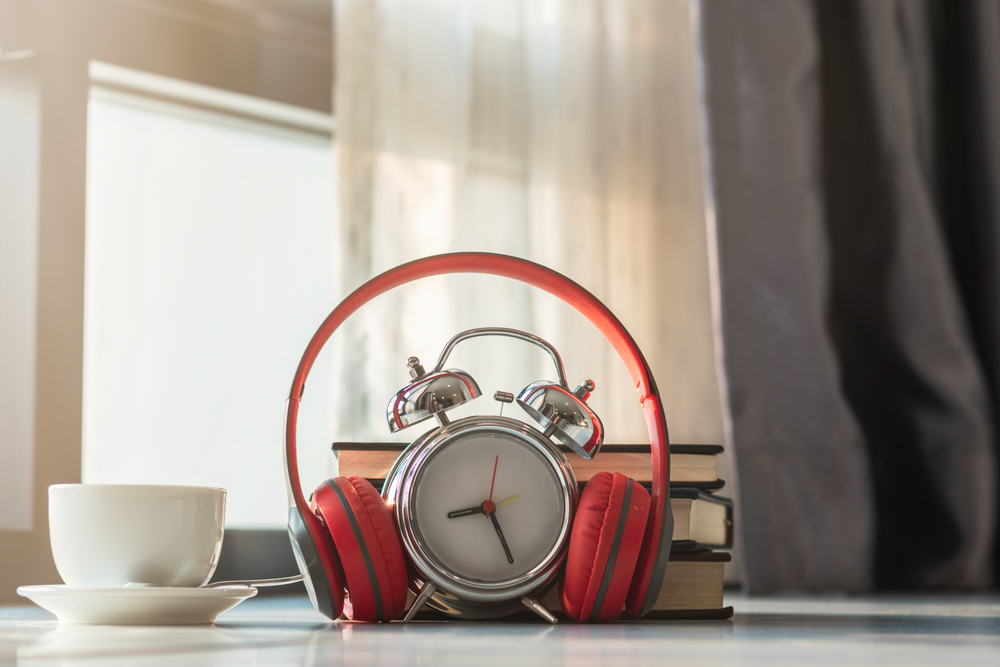
A simple rule to avoid headphone-induced hearing loss is reducing headphone time. It involves limiting your exposure to sound to 60 percent or less during your listening session and taking breaks to recharge your ears. It can also help to lower the volume of your music player so that you can listen to music in a low-volume range for a few minutes. After a period of prolonged exposure to loud noises, a break is necessary to allow your ears to rest.
The Occupational Safety and Health Administration (OSHA) guidelines recommend that people should wear hearing protection when exposed to sound levels over 85 decibels. While this level is not considered excessive by any means, it can damage the ears within an hour. In fact, the CDC estimates that 50 percent of young people have some degree of hearing loss. Many of these people are working from home during the COVID-19 pandemic. Regardless of your profession, you should try to minimize your exposure to loud noise by reducing your headphone use.
The CDC states that listening to music on a personal audio device at maximum volume can damage your ears in just five minutes. So, make sure to limit the time you listen to loud music and try to stick to the 60-60 rule. You can also set a timer to remind yourself to take a break and listen to music at half-volume. This is particularly important when listening to music with headphones since these small speakers are not as safe as regular headphones.
The volume of your smartphone should be reduced. Most smartphones now have volume warnings to prevent the exposure of the eardrum to excessive sound levels. You should try to stay within the guidelines recommended by the manufacturer of the headphones, such as the 60/60 rule. Generally speaking, you should only listen to music at a maximum 60 percent volume for a certain amount of time a day. You should not exceed this limit, but a warning from your smartphone will help you to reduce your exposure to high volume music.
Monitoring volume levels
You should monitor the volume levels of your headphones regularly to avoid hearing loss. Although different headphones have different maximum sound output, it is important to keep this in mind. It is especially important when you are switching between different media and apps, as 80% volume may not sound the same on different media. In this article, we will cover some important tips that you should keep in mind while monitoring volume levels. Let us begin. This article aims to provide you with helpful information and tips for using headphones.
The average volume levels of audio devices range from 75 to 136 dB, and the majority of listeners keep sound levels between these levels. This information will help you determine the safe volume for yourself. However, it is also crucial to monitor the volume levels of headphones worn by children. Even if they use headphones that are not connected to any device, children may not be able to tell when they're experiencing hearing loss. Children's hearing loss typically occurs at lower levels, so limiting volume levels for children can help prevent further damage.
A recent study conducted at Vanderbilt University showed that musicians were turning up their volume levels regardless of whether they were using in-ear headphones or floor wedges. In different venues, musicians wore both types of monitors. Similarly, NIOSH guidelines have determined what levels are safe for in-ear headphones. This is particularly important in clubs, where band members may play several sets, each lasting three hours, and need to average 95 to 97 dB for safe use.
To determine the volume level of headphones, download an app from Apple's App Store. The app will automatically measure headphone audio and environmental sound levels, allowing you to compare headphones with your surroundings. It can also be used to inform movie theater management of loud volume levels. Using this app can protect your hearing in meetings, schools, and movie theaters. You can even save money by comparing the sound levels of headphones and audio levels in a quiet room.
Noise-canceling headphones reduce outside noise
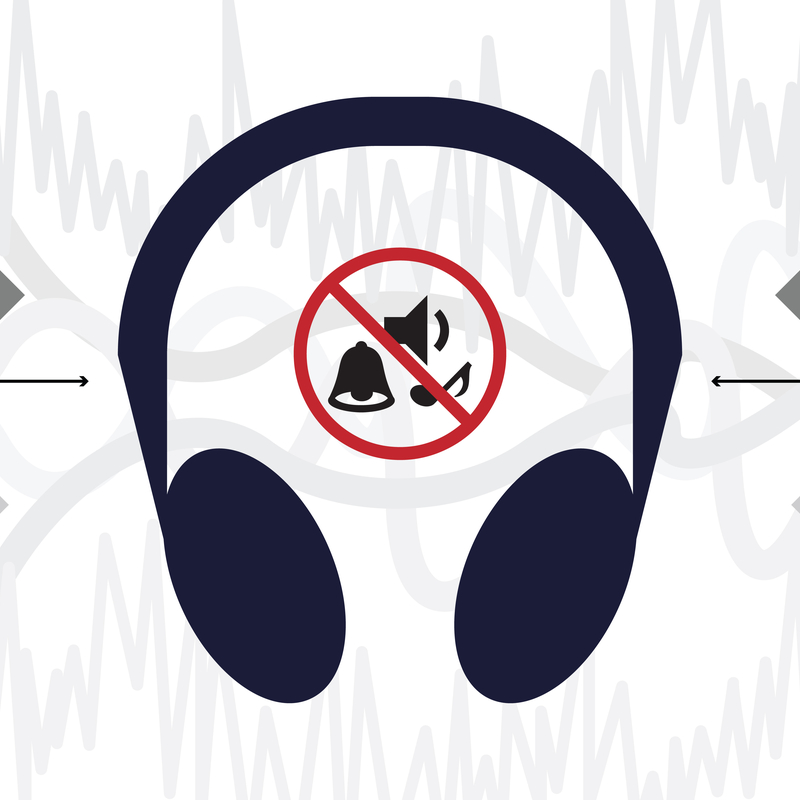
Noise-canceling headphones help reduce outside noise. These headphones work by physically blocking noise, while active noise-canceling models use electronic magic to cancel out the outside noise. Both types of headphones can reduce noise levels, but passive headphones typically have a lower noise reduction. This means that they don't completely eliminate outside noise, so they still allow you to hear sounds around you, such as the sound of an engine.
Using noise-canceling headphones to help reduce outside noise for hearing loss is a smart idea. Noise-canceling headphones are designed to reduce outside noise by up to 20 decibels. They work by blocking outside noise by forming a tight internal and external seal. They also reduce sound inside the ear, and are particularly effective for reducing music volume. Noise-canceling headphones can be a smart choice for anyone who needs to hear music without being distracted by outside noise.
Noise-canceling headphones work by blocking outside noise while at the same time limiting the volume of the music. Too loud music can damage hearing, and playing music too long can lead to auditory fatigue. Moreover, if you have an active noise-canceling headphone, make sure that the headphones you use have pressure-relief technology. This technology ensures a safer listening experience and higher sound quality.
If you're worried about noise affecting your hearing, noise-canceling headphones are an excellent option for protecting your hearing. While most research has shown that noise-canceling headphones are safe, they are not perfect and won't protect you from every loud noise. They're an essential piece of hearing protection for people with hearing loss. A noise-canceling headphone will keep outside noise below 85 decibels. But you must be careful not to turn it up too high. If you're not careful, you might damage your hearing and cause other problems.
The most expensive noise-canceling headphones can be found at a higher price than safety earmuffs. The Bose QC35 headphones, for example, are 15 dB under the safe limit. Apple AirPods Max headphones, on the other hand, surpass the limit and have excellent low-frequency noise reduction. While these models may be more expensive than noise-canceling headphones, they have better sound quality and comfort.
Take breaks
Taking breaks is an essential part of protecting your hearing when using headphones. When you wear headphones, you're exposing your ears to loud sounds for an extended period. This prolonged exposure to loud noises can cause damage to your hearing over time. Therefore, it's crucial to take regular breaks to give your ears time to rest.
Experts recommend taking a 15-minute break every hour when using headphones. During this break, you should remove your headphones and allow your ears to rest. This break will allow the tiny hair cells in your ear to recover from the loud sounds they've been exposed to, reducing the risk of hearing loss.
When taking a break, it's also a good idea to move away from the source of noise. This could be a busy street, a crowded coffee shop, or a noisy train. Moving to a quieter location will give your ears a chance to rest and recover fully.
It's worth noting that taking breaks isn't just good for your ears; it's also beneficial for your overall well-being. Spending too much time wearing headphones can lead to fatigue, headaches, and even ear pain. By taking regular breaks, you can reduce the risk of these symptoms and enjoy your music in comfort.
Conclusion
Prolonged exposure to high-volume headphones can damage your ears and cause hearing loss, which can be exacerbated by other noisy environments. To protect your hearing, it is important to limit your headphone usage, monitor your volume levels regularly, and use noise-canceling headphones that reduce outside noise. Additionally, it is important to be mindful of the volume levels for children and in work environments with high noise levels. By taking these precautions, you can reduce the risk of hearing damage and maintain healthy hearing.
Sources:
- “Noise and Hearing Loss Prevention” by Centers for Disease Control and Prevention (CDC) Link: https://www.cdc.gov/niosh/topics/noise/default.html
- “The Benefits and Drawbacks of Noise-Cancelling Headphones” by The New York Times Wirecutter Link: https://www.nytimes.com/wirecutter/reviews/best-noise-cancelling-headphones/


